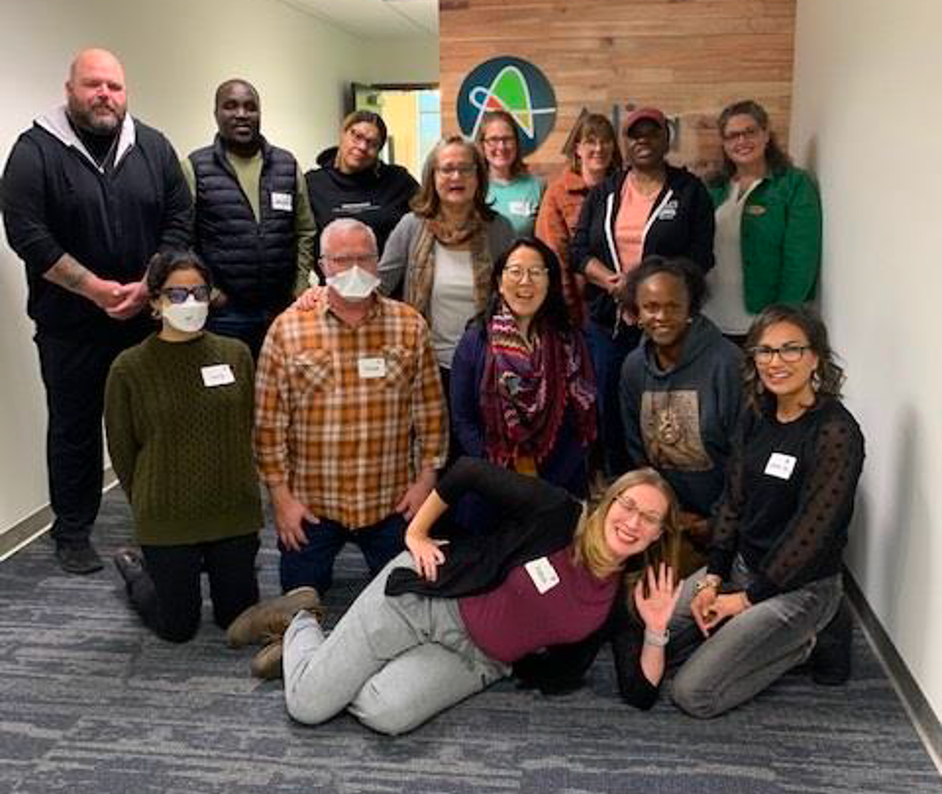
We must not confuse improvement for transformation.
Even wildly improved outcomes for kids and families achieved by a high-performing child welfare system are outcomes that reflect existing metrics in an existing system that is hyper-focused on physical safety and that is designed to separate and punish. A system with all the right low metrics (kids in care, removals, caseloads) and all the right high metrics (reunifications, kin placement), could mistakenly be seen as transformed.
System improvements can dramatically improve the lives of some families, yet if the DNA of the system remains unchanged, there is always an opportunity for that system to rubber band back to earlier days with high caseloads, increased removals, more separation, and more trauma.
Individuals can make improvements, even dramatic change, but if that change leaves when those people leave, that’s not transformation. Peter Hutchinson, author, consultant, and long-time leader in public systems in Minnesota, introduced Alia to a concept of the DNA of a system, core characteristics with with five levers of change. They are: purpose, culture, power, incentives, and accountability. Without shifting one or more of these fundamental characteristics of a system, any improvements rely on the individual or individuals responsible for behaving in an improved way. When they leave, the improvements leave.
Improvements in skill and competencies paired with more just and equitable service offerings to struggling families is necessary for reducing state-sponsored harm. These improvements can prepare a system for transformation but are not itself transformative.
What stays the same for improvement is the machine. The mechanics don’t change, it just works more efficiently. Transformation results in new a type of organization, with new parts, new rules, and new functions. An improved system sees changes in outcomes but uses the same metrics. A transformed system measures different things in different ways. Improvements address symptoms, transformation addresses root cause.
At Alia, we believe improvements can position a system to embark upon transformative change and in fact are necessary precursors. Yet too often we are confusing getting really good at running an existing child welfare system as system transformation.

Throughout 2022 at Alia, we worked to clarify the relationship between system improvement and system transformation in child welfare. Completing this grid with key system descriptors helped us to make some distinctions between the existing system, an improved system, and a transformed system. We wanted to better understand more accurately for ourselves and for our client partners where we are in the change process, lest we ease up in our efforts having mistaken solid improvement for the transformative change families deserve.
What does transformation mean to you?
Click here to join the conversation online.
You May Also Like
These Related Stories

Imposter Syndrome in the Helping Profession


